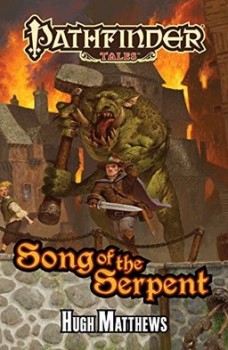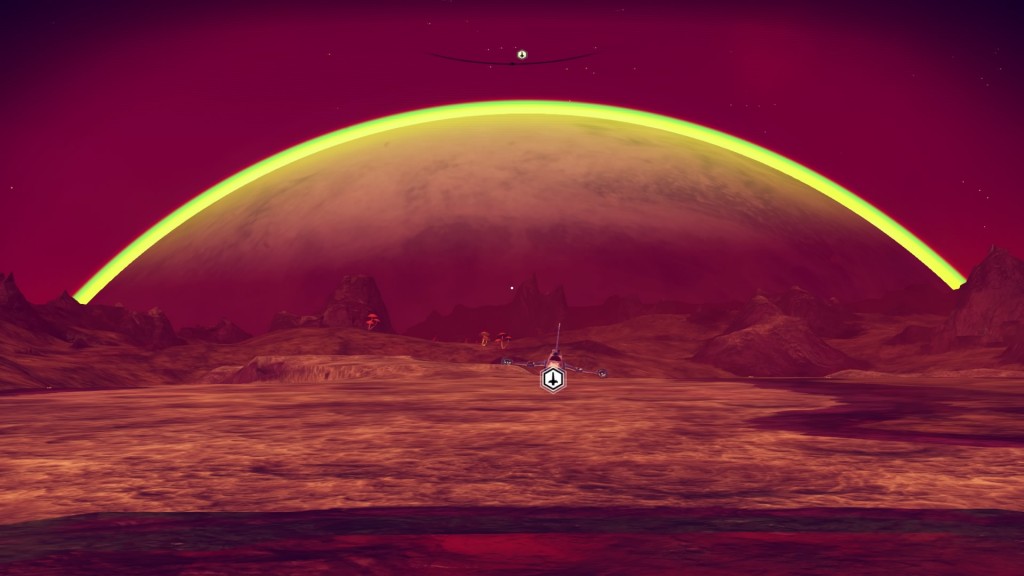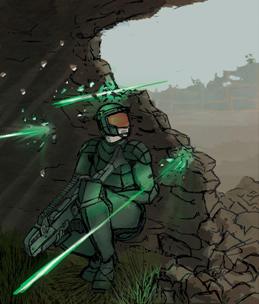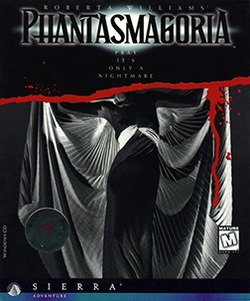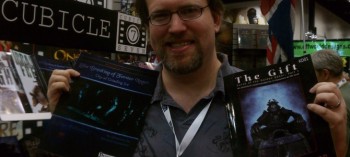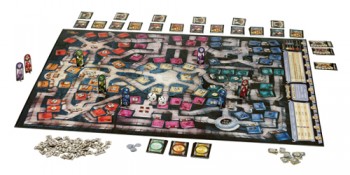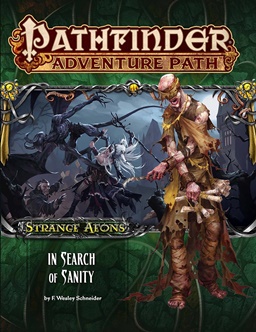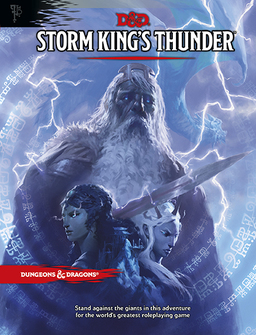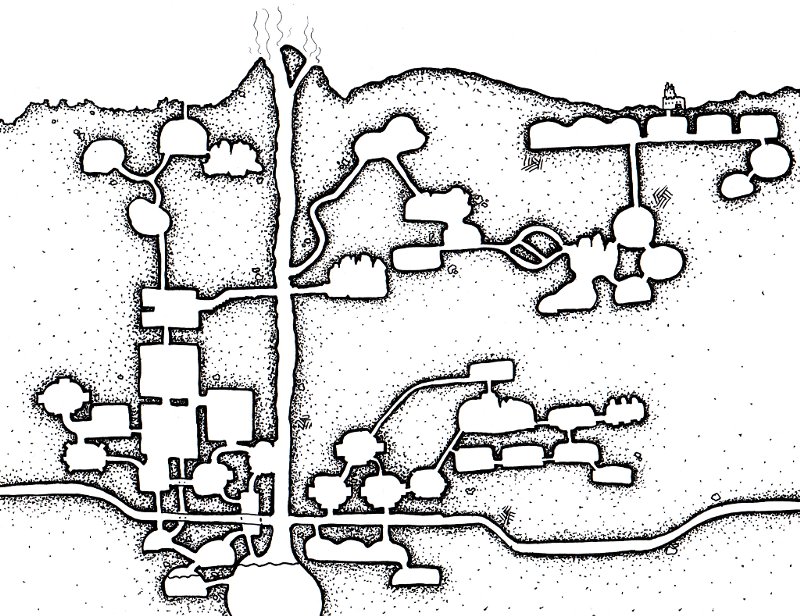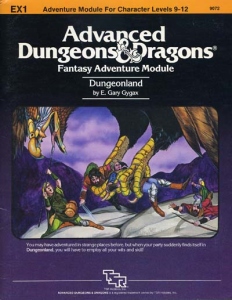Cugel in Golarion: Song of the Serpent by Hugh Matthews
The woman looked over at Krunzle, who was making sure no morsel of the meal escaped his needs. “What of you, errand-runner? Do you know much of where we are heading? Or anything, for that matter?”
The thief returned her a level gaze. “I know who I am and what I can do,” he said. “I find that usually suffices.” He arranged a piece of fish on a crumb of bread and popped both into his mouth.
from Song of the Serpent
I have read only a tiny fraction of Matthew Hughes’ prodigious output. What I have read, his Jack Vance-inspired stories of the Purloiner Raffalon, I like very much (see my reviews here, here, here, and here). Those four stories, plus five others, will be collected and released next year. I can safely write that that will be an immediate purchase for me.
A few weeks ago, when he posted about a novel he wrote back in 2012 for Paizo’s Pathfinder Tales, I was intrigued.
Back in 2008 at World Fantasy Convention in Calgary, I was in the bar when Erik Mona, publisher of Paizo Books, told me he was a great Jack Vance fan and that he liked my work. He asked me if I had a book for him. As it turned out, I was looking for a publisher for Template, my stand-alone Archonate space opera that had been brought out as limited collector’s editions by PS Publishing.
I sent it to him and he brought it out as part of the series, Planet Stories, which (like Template) were decidedly retro science fiction.
Later, Erik told me that he also published novels set in the Pathfinder RPG universe’s world of Golarion, and asked me if I would be interested in doing one. He also said he would really like it if I would do a Cugel the Clever story. I love the Cugel stories and said I’d be delighted.
So we made a deal and I wrote a novel originally called Out of the Blue that was retitled Song of the Serpent before publication in 2012. It told the tale of a thief named Krunzle the Quick who, like Cugel, is fast on his feet – he has to be because, again like Cugel, he’s not as smart as he thinks he is.
